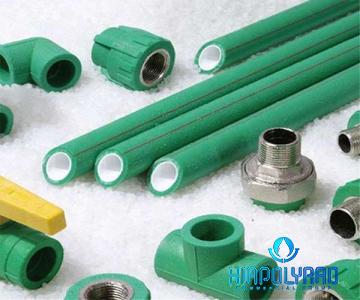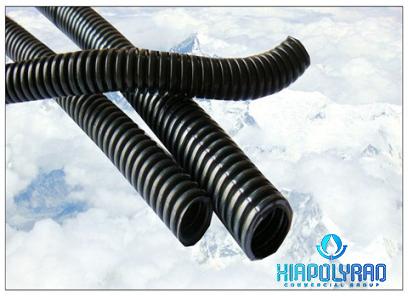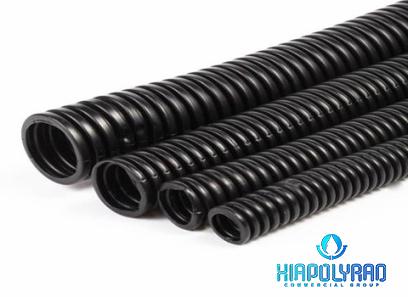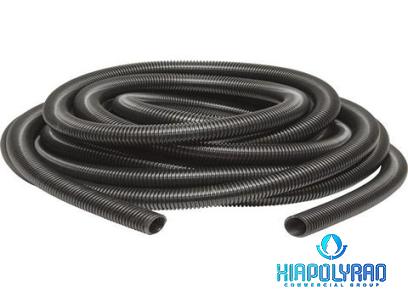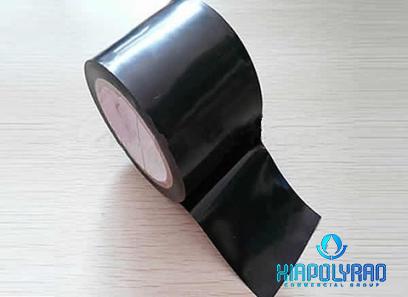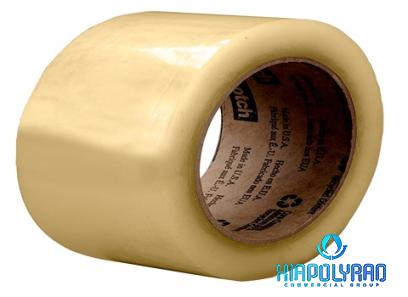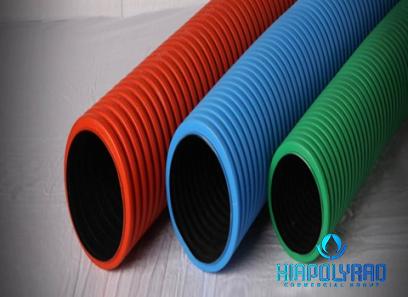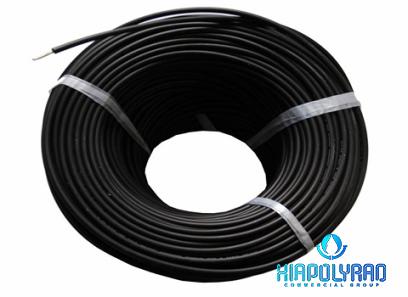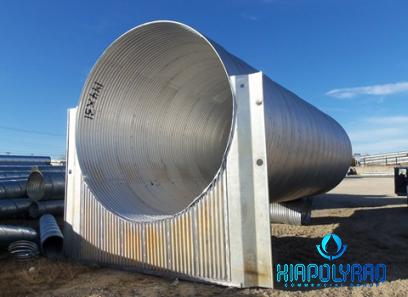How to manufacture PVC pipes
Polyvinyl chloride (PVC) is arguably one of the polymers that are currently in use that has the oldest lineage among all of the synthetic thermoplastics
Many different procedures have been used to manufacture PVC pipes throughout the years here we will show how they do it
In the year 1835, Regnault in France was the first to manufacture vinyl chloride monomer
In the year 1872, Baumann reported the first instance of its polymerization after exposing tubes holding the monomer that had been sealed to sunshine
The first patents for the manufacture of PVC were filed in the United States in 1912, and the first pilot plants to manufacture PVC were established in Germany and the United States in the early 1930s
The earliest technique for processing PVC was based on previously developed methods for rubber molding, and the types of goods that could be created were restricted to those that utilized highly plasticized polymers
Because of the tendency of the polymer to de-hydrochlorinate at higher temperatures, the primary issue was that it was unable to transform the polymer into products that could be utilized without suffering from significant thermal deterioration
Processing technology did not evolve to the point where the full potential of the polymer could be realized until it was discovered that adequate stabilizers could be used
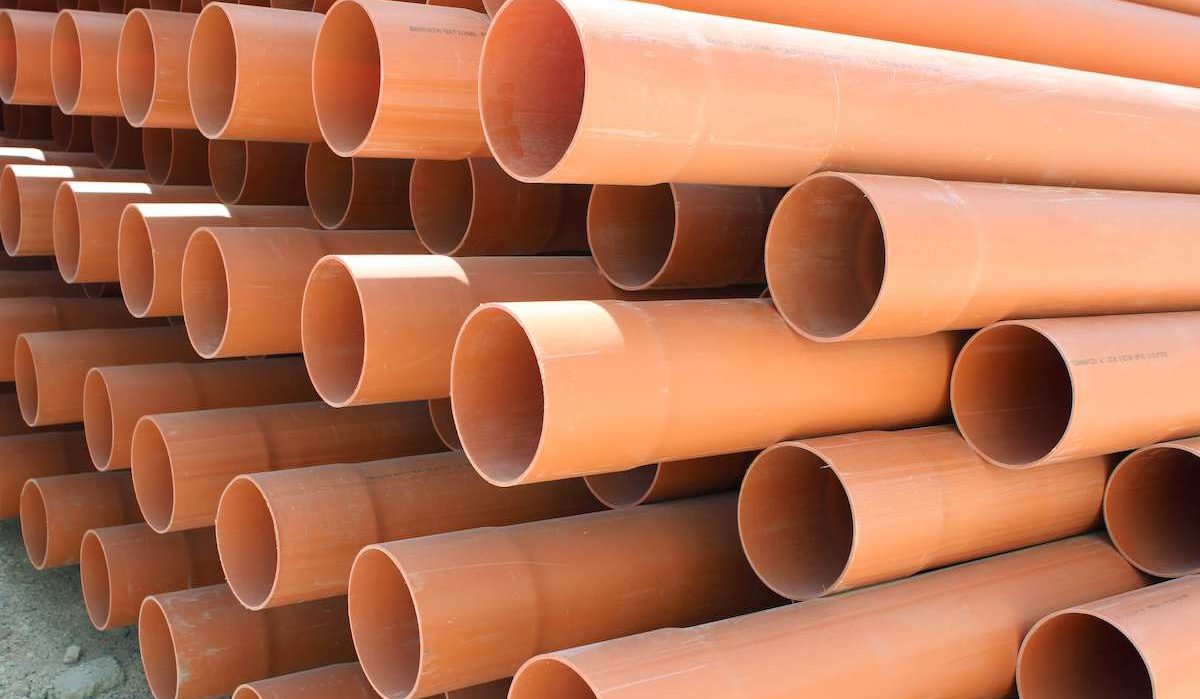
Nowadays, the polymer can be converted into a wide variety of different products by selecting suitable stabilizers and plasticisers
These products range from plastisols, which provide the seals in some closures, to coated fabrics used in architectural applications, films and sheets for use in packaging applications, and extruded pipes and sections for use in building applications
Plastisols provide the seals in some closures
Coated fabrics are used in architectural applications
Films and sheets are used in packaging applications
Extrude The polymer is produced from vinyl chloride through a process that is fundamentally analogous to the one that is utilized in the production of polyethylene, polypropylene, and polystyrene; more specifically, the double bond in the vinyl chloride molecule is opened, and neighboring molecules combine with each other to produce a long chain molecule
There are three different commercial processes that can be used to produce PVC:
Polymerization done in suspension
Emulsion polymerisation
Polymerization in large quantities (also known as mass polymerization)
Suspension polymerisation The liquid form of vinyl chloride is insoluble in water and, when subjected to mechanical agitation, it breaks up into very small droplets

As long as the agitation is maintained, the droplets will remain in the suspended state
The process of polymerization takes place in pressurized containers under the influence of heat and, in some cases, catalysts and initiators that are soluble in the water
An organic peroxide is an example of a common starter
Because it is an exothermic reaction, the heat that is produced is transferred to the walls of the vessel that contains the reaction by the water
In order to stop the monomer droplets from condensing into larger droplets and the polymer particles from clumping together, a type of suspension agent known as protective colloids is added to the reactor
After the conversion has been completed to the specified level, the batch is moved to a blow down vessel
This vessel has room for multiple batches, therefore it can be used for mixing purposes
The unreacted monomer is collected and sent back to the polymerization reactor for further processing
The particles of polymer are allowed to dry out
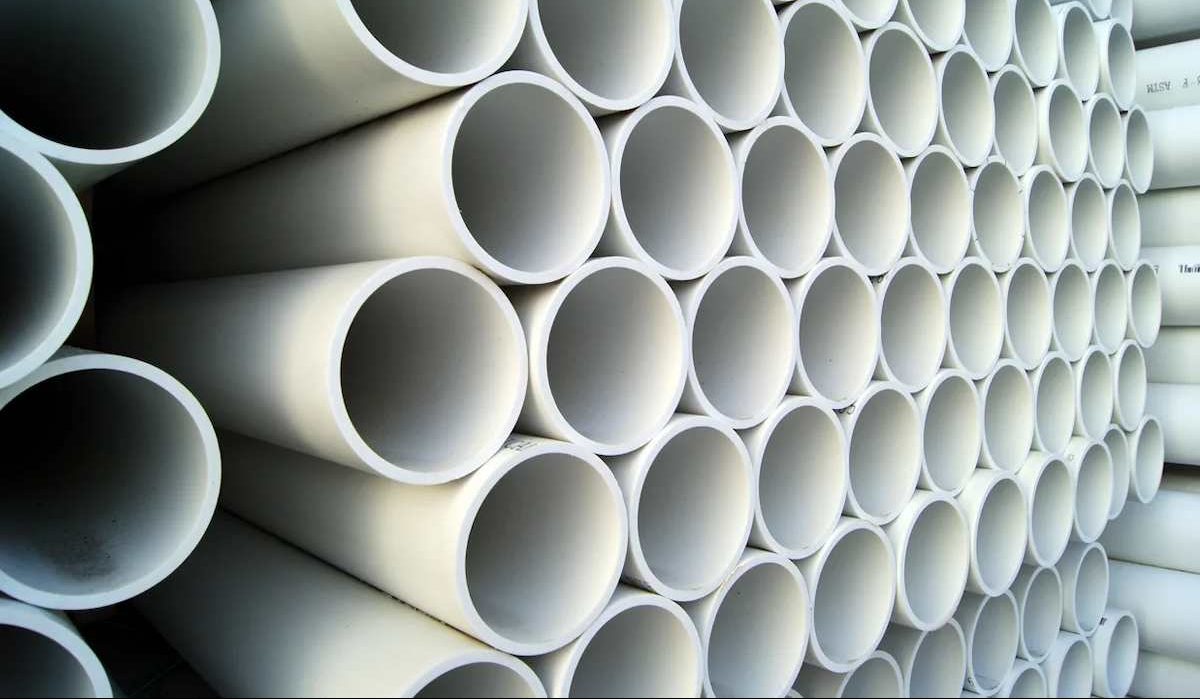
PVC Pipes
PVC, which stands for polyvinyl chloride, is utilized in a vast array of distinct contexts
If you ask someone how PVC made pipes is manufactured, they will most likely give you a blank stare in response
When you tell people that the primary components of PVC are salt and oil, they start staring at you blankly at first, but then their eyebrows start to raise
Really! The presence of vinyl compound can be observed in every aspect of our everyday lives
It is a versatile workhorse material that can be utilized for producing anything from medical tubing to backyard decking to power cable jackets
The applications for this material are virtually endless
If you take a moment to look around you at the moment, you will notice that a large number of the objects around you have some PVC component
Are you intrigued by the production process of PVC? The first thing that needs to be done is to separate the ethylene from the oil feedstock
The petrochemical sector is the source of ethylene, a byproduct that is derived from natural gas
The procedure known as thermal cracking is what enables its collection
In steam furnaces, liquid petroleum is brought to a high temperature and then subjected to tremendous pressure
Because of this, there are shifts in the molecular weight of the compounds that can be found in petroleum feedstock
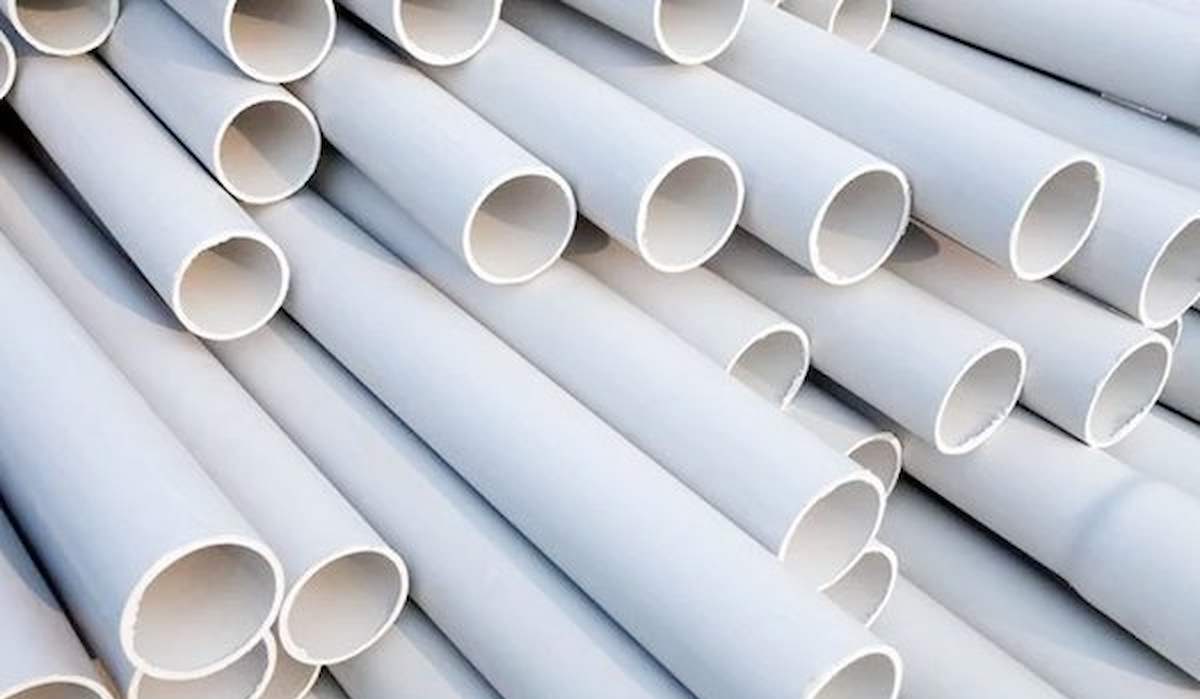
Ethylene can be detected, segmented, and collected by the process of changing the molecular weight
After that, it goes through the process of being re-cooled to the liquid condition
The chlorine must then be extracted from the sea salt in the next phase
During the electrolysis process, the element chlorine, which is normally contained in salt that has been derived from seawater, receives an additional electron
Chlorine is separated from the mixture, and then extracted from it, using an intense current of electrical that is sent through a salt water solution
This current must be intense enough to alter the molecular structure of the chlorine
Ethylene dichloride (also known as EDC) is the product that results from the reaction of ethylene with chlorine
Following this, a second thermal cracking process takes place, which results in the production of vinyl chloride monomer (VCM)
PVC resin has a cloudy structure and naturally exhibits fire retardant and chemical resistant qualities
It is also resistant to damage from high temperatures
Mixing vinyl resin with a variety of plasticizers, stabilizers, and modifiers results in the formulation of custom rigid, flexible, and blended vinyl compounds
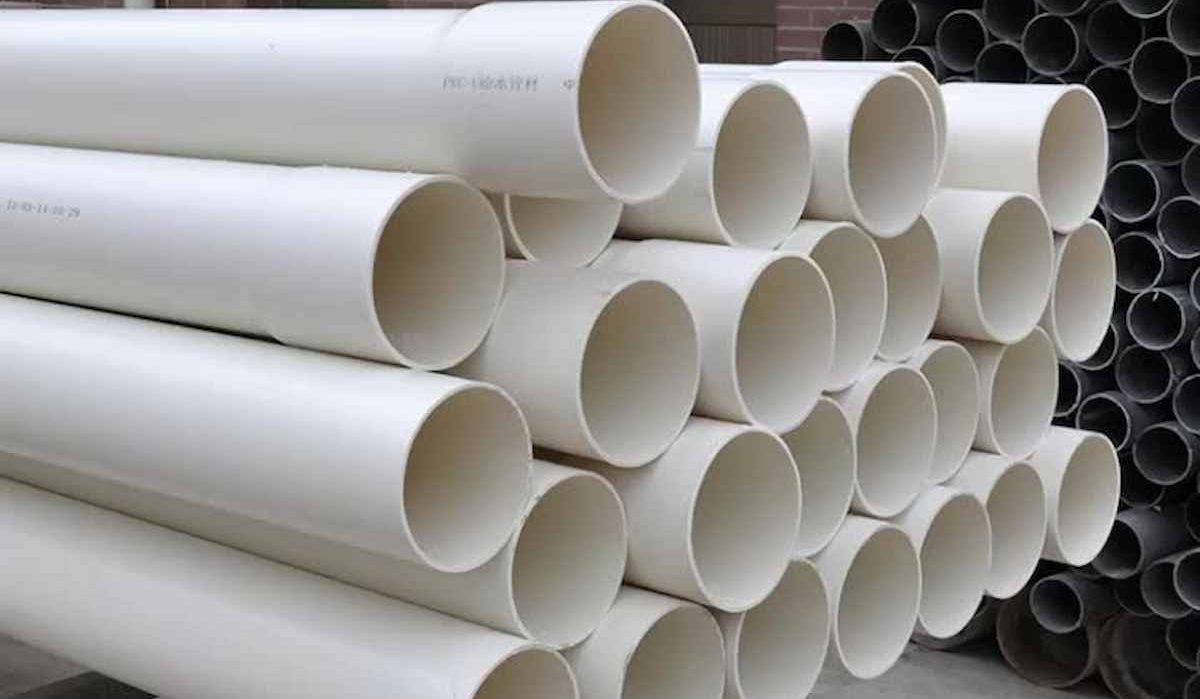
These compounds are formulated to achieve specific properties, such as resistance to scuffs and marring, resistance to ultraviolet light, weather ability, color considerations, and texturing capability, to name a few
The production of PVC resin and other vinyl compounds requires a great deal of technical expertise, scientific knowledge, and manual labor
It is possible for manufacturers from all over the world to produce the goods that we all use on a daily basis because they have access to the necessary compounds, which are supplied by a number of different industries as well as a broad and diverse range of job opportunities
The chemistry can appear to be complicated, but what really gets us excited is posing the correct questions to our clients and coming up with innovative new approaches to their problems
There is still a lot of room for innovation in vinyl compound portfolios! The VCM is sent through a reactor that contains catalysts, which is where the polymerization takes place
In layman’s terms, chemical reactions are what cause the molecules of VCM to react and eventually connect together
PVC resin is produced when VCM molecules are linked together; this is the starting point for all vinyl compounds
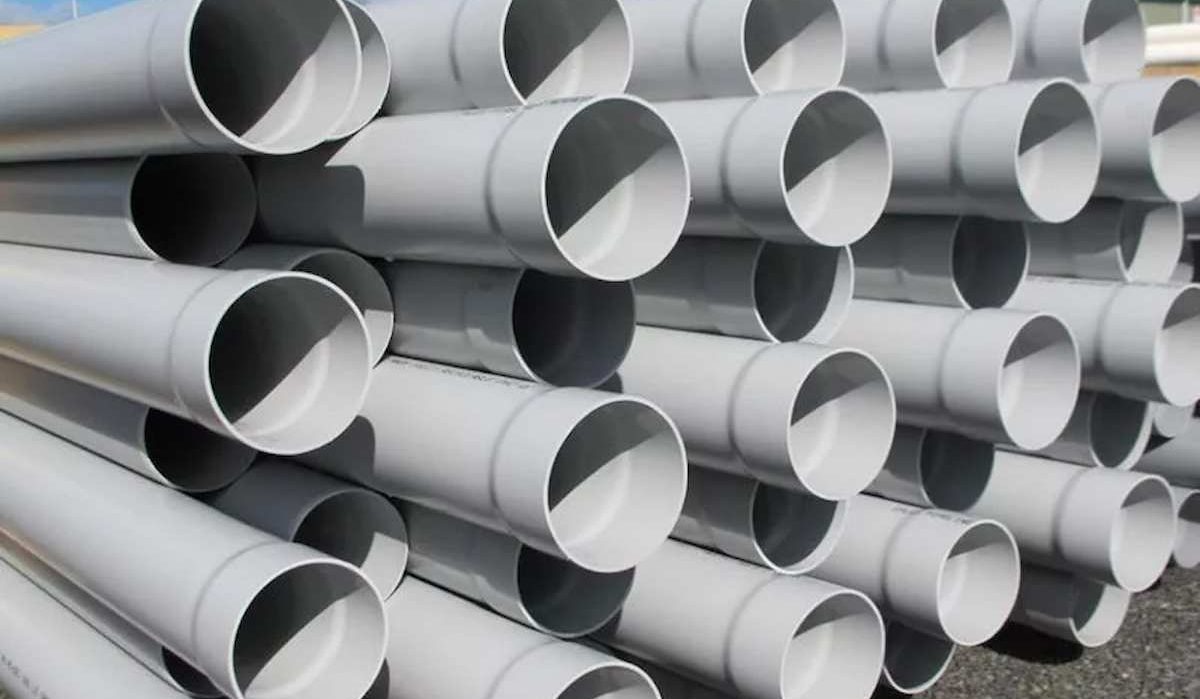
How to manufacture PVC
Pipes manufactured from PVC have substantial environmental advantages over older materials
Because PVC has a low carbon content, making PVC pipes uses less energy and resources than making other types of pipes
Because of their light weight, they take less energy to transport
PVC pipes have a long lifespan with little maintenance required, and they may be recycled between 8 and 10 times
In Europe, one of the most common uses for recycled PVC is the manufacture of PVC pipes
Every year, 75,000 tons of rigid PVC are used in the construction of new pipes without risk
Furthermore, the ultra-smooth surface of PVC pipes reduces pumping costs and energy consumption, and the leak-proof fittings on their ends avoid water loss
This action will assist both the environment and the power bill
PVC pipes are another major consumer of recycled PVC in Europe
Every year, 75,000 metric tons of recycled PVC are used in the safe manufacture of new pipes
Because of the presence of traceability and certification procedures for recycled materials, recycled PVC is guaranteed to have a high degree of both safety and quality
The deterioration of water pipelines caused by corrosion in ancient iron pipes poses a threat to our ability to offer safe drinking water and is a complex and costly problem in many nations throughout the world, including Australia
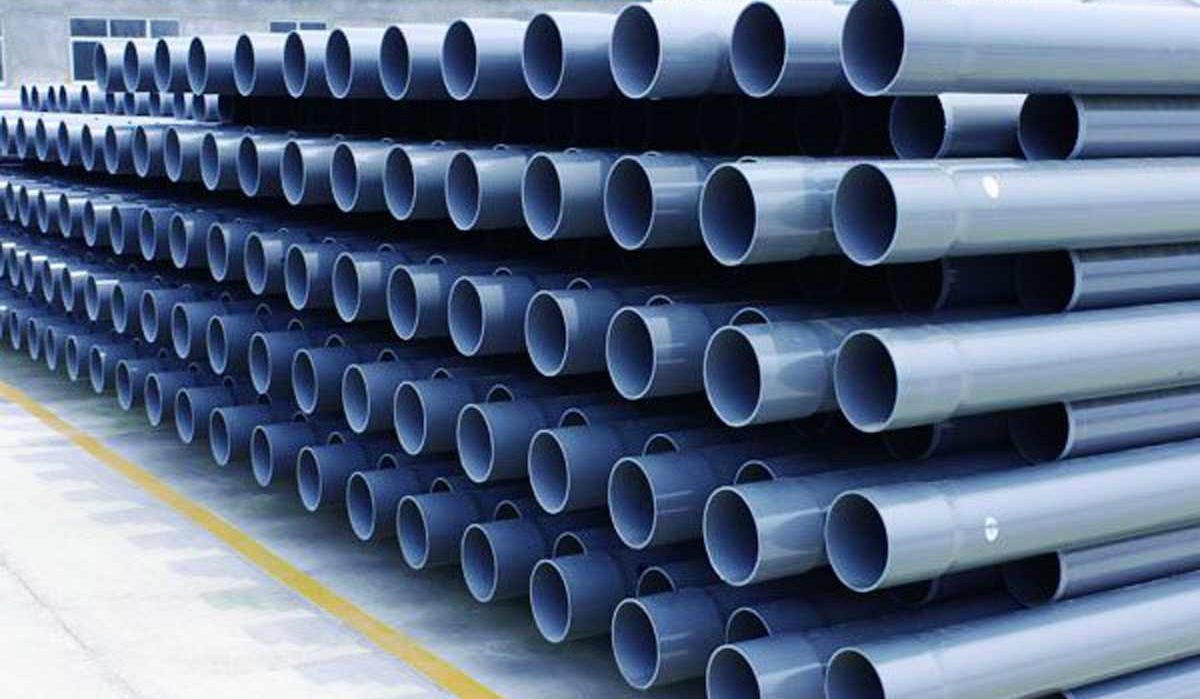
PVC pipes are not prone to subsurface exterior or interior pipe corrosion, which can occur in other pipe types
PVC, on the other hand, is definitely resistant to corrosion, which explains why some pipe manufacturers are still investigating “solutions” to the problem, despite the fact that their materials are prone to it
Furthermore, corrosion in older-technology pipes is the largest cause of burst water mains, a problem that affects the majority of councils across Australia
There isn’t a day that goes by when the morning radio doesn’t broadcast an announcement concerning traffic delays and road closures imposed owing to damaged water mains and the impact they have on the surrounding neighborhood
Sinkholes formed as a result of burst water mains the previous year, swallowing up cars and other property
PVC pipe has been shown to have the lowest rate of pipe breakage when compared to cast iron, ductile iron, and concrete, steel, and asbestos cement pipes
PVC pipe is also the least harmful to the environment
A chemical resistance Because PVC pipes are resistant to a wide range of chemical reagents and disinfection chemicals, they are a good choice for piping systems
Because PVC pipes can transport the majority of strong acids, alkalis, and aqueous solutions (except those that are strongly oxidizing), aliphatic hydrocarbons, fluorides, photographic and plating solutions, brine, mineral oils, fats, and alcohols, they are ideal for the majority of water infrastructure projects
Furthermore, because of the low risk of materials eating through the pipe, there is a low chance of materials eating through the pipe
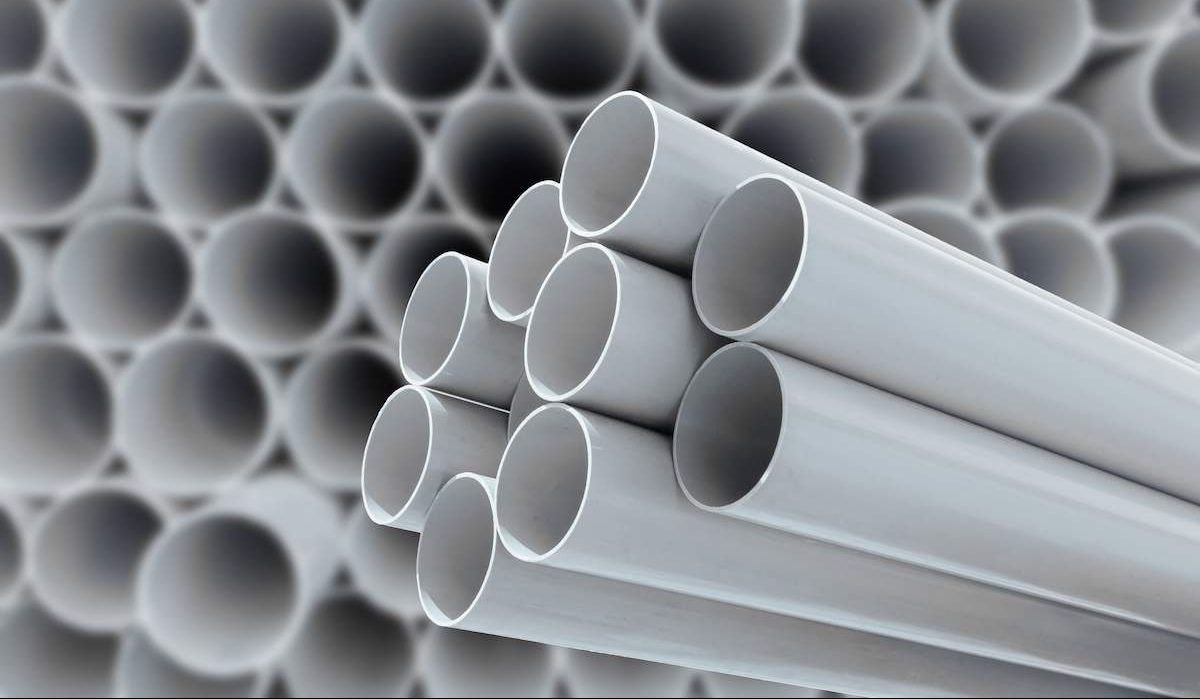
Water pipeline failures and blockages have been decreased
Pipe clogs are an expensive and complicated problem that can cause massive damage and hours of repair time
Because they offer such a threat, they are a major source of concern within any pipeline system
When water runs slowly through a pipeline, the likelihood of clogs and failures increases in a system with a large number of connections
The extraordinarily smooth lining of a PVC pipe gives significantly less resistance to the flow of water when compared to copper, clay, or concrete pipes
This, in turn, helps to ensure that water is supplied at the proper pressure to its destination
PVC plumbing allows for unfettered water flow and greatly increased water pressure
Increased water flow through PVC pipes reduces buildup not only in sewage and waste water systems, but also in other water systems
Overall, installing items takes less time
According to the results of a recent field test conducted by the European Plastic Pipes and Fittings Association (TEPPFA), installing a PVC pipe was more than thirty percent faster (3 hours and 19 minutes versus 5 hours and 12 minutes) than installing a concrete pipe of the same size
When laying a sewage PVC pipe in a two-chamber trench that is ninety meters long, two meters deep, and has a diameter of three hundred millimeters, this results in a time savings of one hour and fifty-three minutes
You can see the testing video and obtain the entire report here
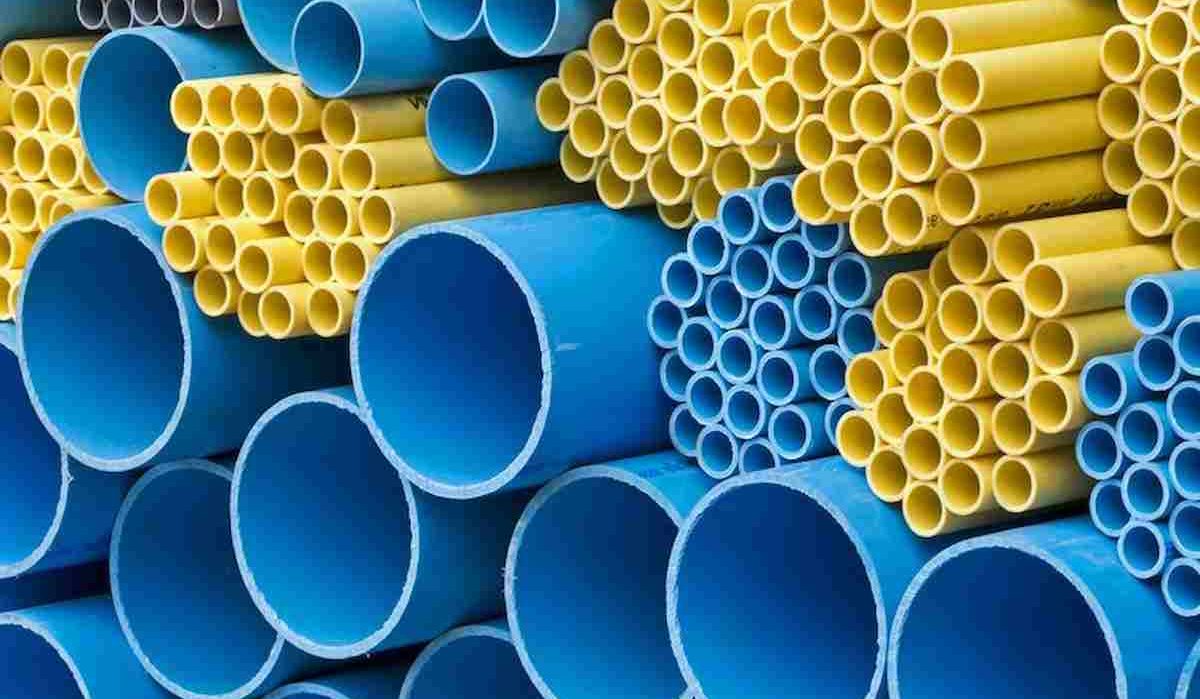
PVC pipes manufacture
A PVC pipes producer and manufacturer should know the high benefits of using these pipes for residential and industrial usages
High transfer rates of water are made possible because to the smooth bore
PVC pipes are superior to other materials in terms of performance as well as cost effectiveness; as a result, these pipes have to be evaluated for use in projects involving water supply pipelines
Their absence of rough spots makes high flow rates possible, which in turn reduces the risk of blockages and other problems
PVC pipes have a demonstrated history of outstanding performance over a longer period of time and provide an increased amount of trouble-free service life
Leak-proof seams and joints The ultra-smooth surface of PVC pipe lowers pumping expenses, and the pipe’s leak-proof joints decrease water loss, which can reach up to forty percent in piping networks that use older technology and are more prone to corrosion
The use of elastomeric seals makes it possible to swiftly and easily join PVC pipes without the use of electricity or any other form of protection from the elements
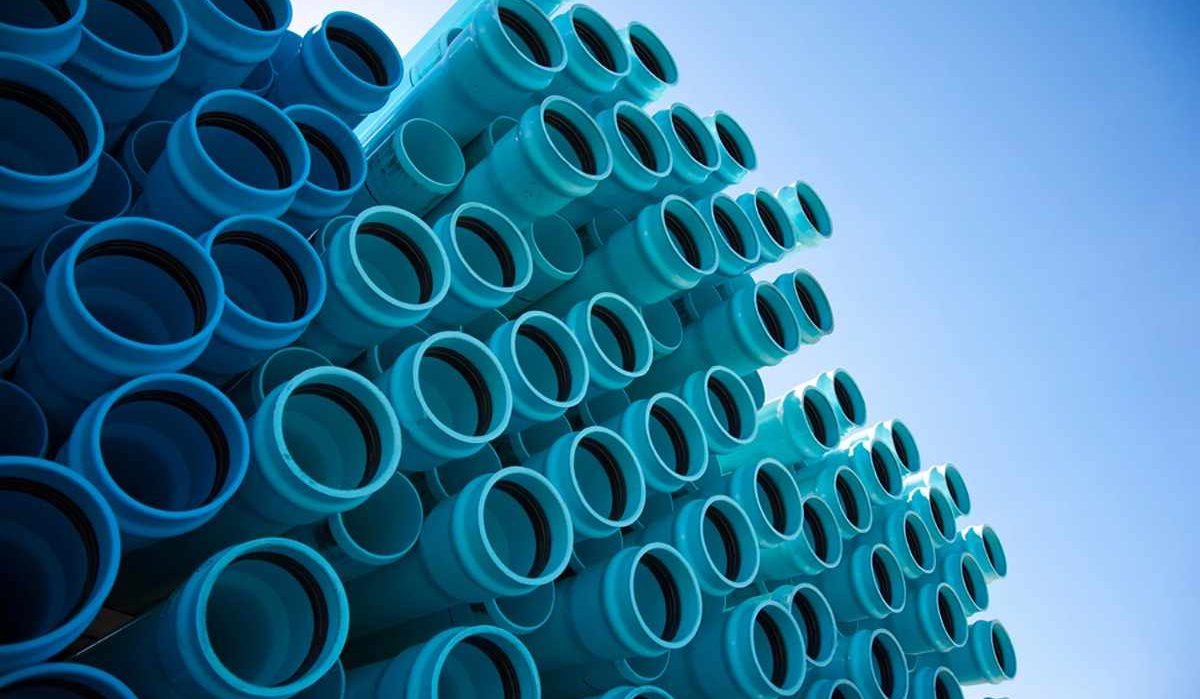
Long duration of service PVC pipes have an established track record of performance in Australia that spans over 50 years, and tests conducted in other countries indicate that PVC pipes have a life expectancy of over 100 years
The durability of PVC water pipes was confirmed by a brand new international study that was conducted in 2014 and included testing on Australian PVC pressure pipes
PVC has been shown to have a lifespan and performance that is greater than 100 years, according to a combination of pipe examination and testing data, as well as past research on pipe breakage and dig-up reports of pipes currently in use
PVC Pipe Longevity Report’s key result is that water utilities can reduce water main breaks as well as operations and maintenance expenses by incorporating corrosion-proof PVC piping into their replacement plans
This is one of the report’s most important findings
The University of Southern Utah conducted research in the past that demonstrated that corrosion of iron piping is a significant issue for water systems, and that newer forms of metallic pipes, which have thinner walls, are experiencing failures more rapidly than older ones
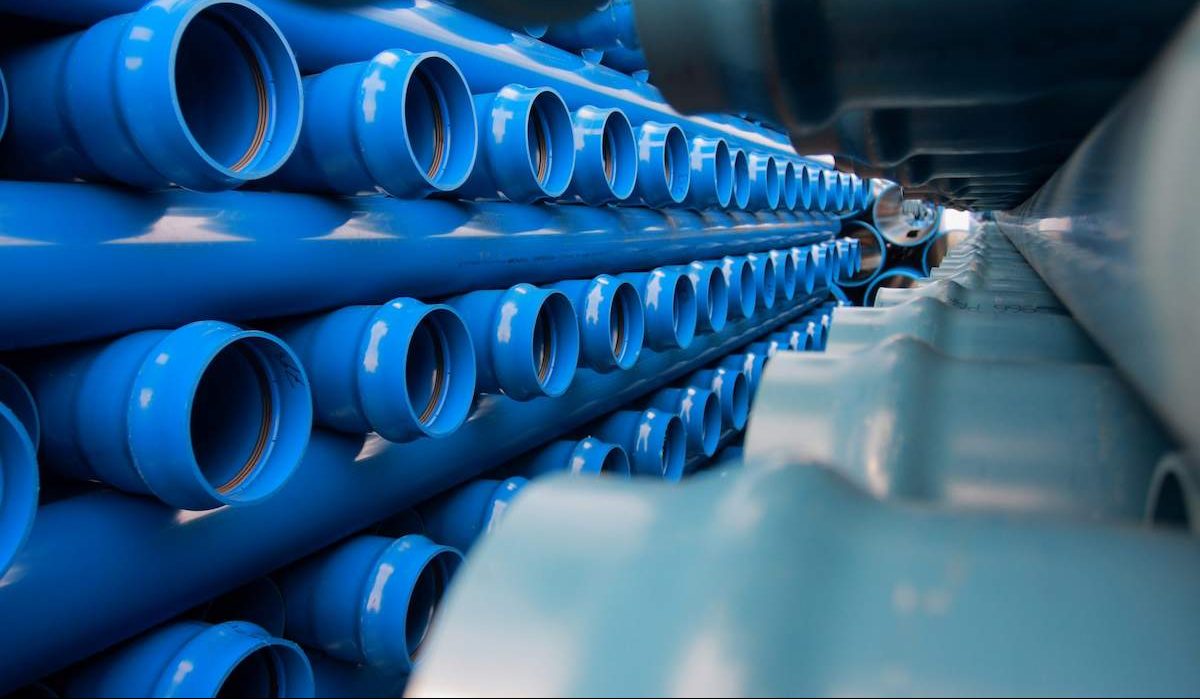
A reduced expense PVC pipes provide significant cost reductions for projects, and these savings become even more apparent when installation, low breakage rates, and life cycle costs are considered
PVC pipes last for a very long period, and because of this, they perform very well
This reduces the amount of work that must be done to maintain and update the pipe, which in turn makes it more cost-effective over time
These lower costs for materials are coupled with lower costs for installation as a result of higher productivity, the product’s low weight, and cheaper shipping charges
These factors all contribute to a reduction in overall costs
PVC Pipes – Best pipeline choice for pipe under load PVC pipes are exceptionally flexible and may bend without breaking even when subjected to external loads such as the weight of the soil or heavy duty traffic
Rigid pipes, such as those composed of concrete, clay, or ceramic, are unable to flex when loaded, and when their load limit is reached, they will experience wall crushing and collapse as a result
When a PVC pipe is subjected to loads from the outside, the diameter of the pipe will begin to deform

The stiffness of the pipe, in conjunction with the stiffness of the soil, will be able to withstand the deflection of the pipe provided that it is buried in the appropriate supportive soil conditions
Download the report at this link
Protection against Invasion by Tree Roots There are several types of pipe materials, some of which are more resistant to root infiltration than others
Because there are fewer connections, PVC pipe is more resistant to root penetration than other types of pipe
PVC joints that are closely fitted to one another have a lower risk of leaking as a result of the settlement of backfill around the pipe because of the flexibility of the PVC joints
Tree roots can easily break through vitrified clay pipe and cause significant damage
Root intrusions can also occur in concrete pipes, albeit to a smaller extent than they can in vitrified clay pipes

